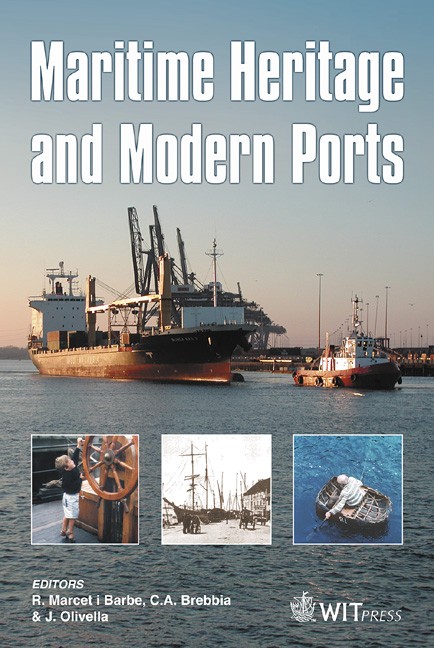The Sea-side Port Capacity: A Synthetic Evaluation Model
Price
Free (open access)
Transaction
Volume
79
Pages
10
Published
2005
Size
492 kb
Paper DOI
10.2495/MH050441
Copyright
WIT Press
Author(s)
G. Malavasi & S. Ricci
Abstract
This paper explains the main results of an ongoing research project concerning the development of a model capable of simulating the operation of the sea-side port terminals, to evaluate their capacity and to relate the terminal utilisation degree with the quality of the transport services. The proposed model is capable of taking into account both passenger traffic and freight traffic and their peculiarities: dimensions, handiness and cinematic characteristics of the ships, effects of the wave motion on the approaching and stop times, positions of terminals and courses, etc. The methodology has been developed according to the following phases: •delimitation of the terminal influence area for the ships movements; •schematisation of the port lay-out and definition of entering and exiting routes, running times, reciprocal relationships of compatibility and incompatibility; •calculation of port terminal capacity. Pilot applications of the model were developed for two Italian ports (Civitavecchia and Salerno). 1 Introduction and general objectives The evaluation of the sea-side terminal capacity plays a key role both in the planning of the inter-modal port infrastructures and in the definition of the transport services quality. The operating conditions close to the maximum capacity cause congestion effects with the concerned negative consequences on the transport services regularity.
Keywords





